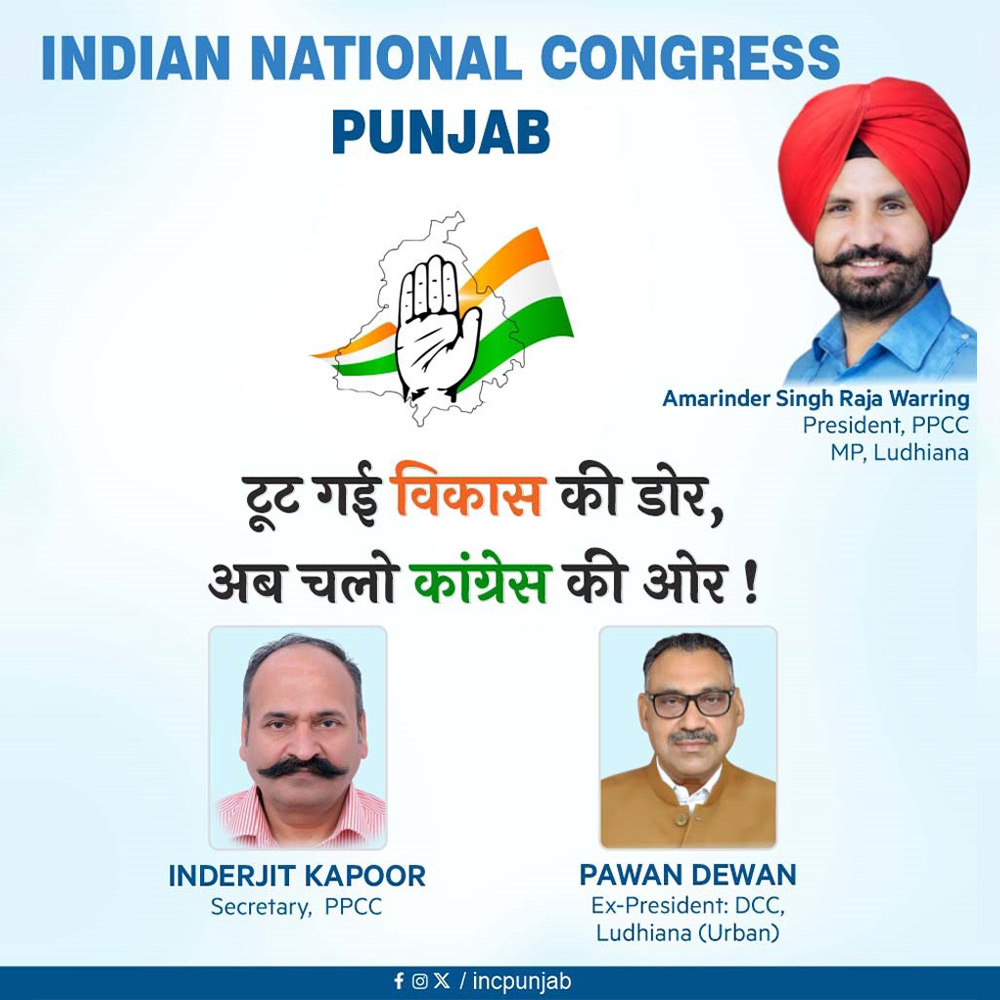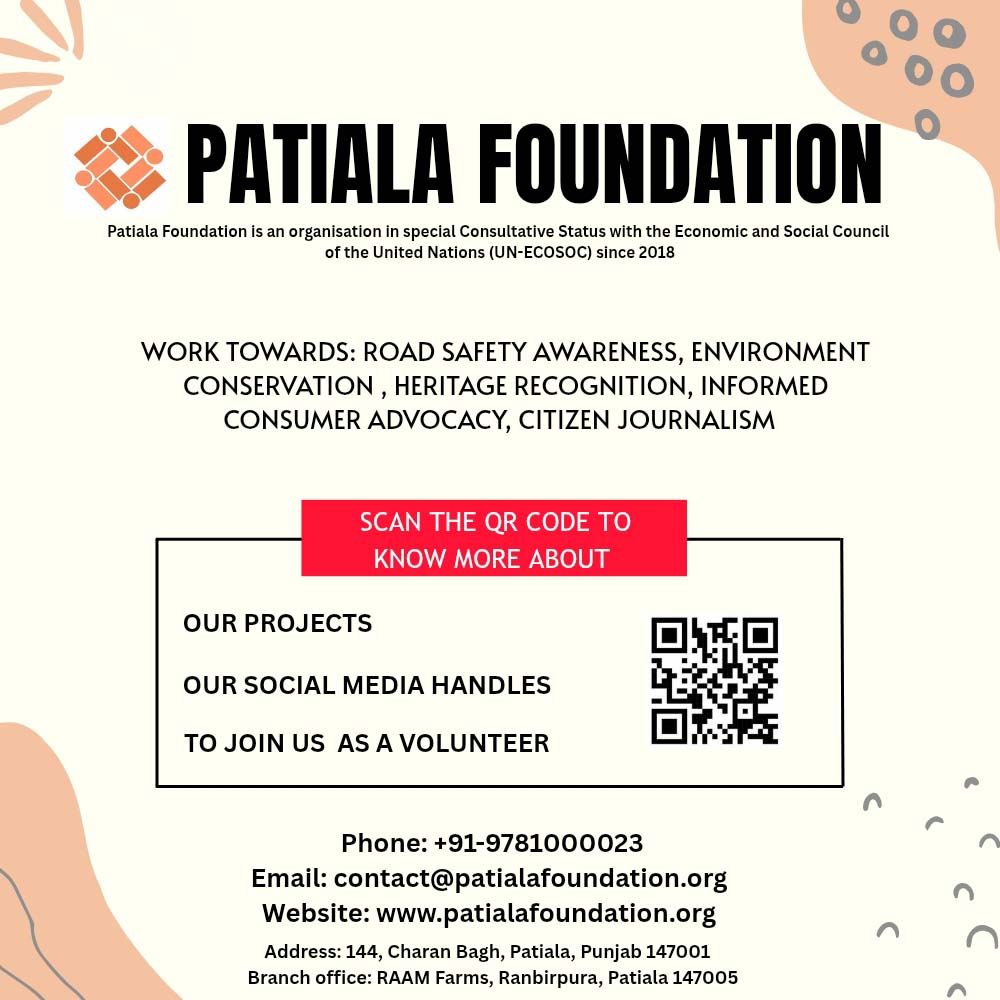Anil Sood
New Delhi, Nov 4
The CAQM, established under the direction of the Supreme Court to address all forms of pollution envisaged under its enabling Act, was meant to bring science, coordination, and accountability to environmental governance. Yet, in practice, the narrative around vehicular pollution has drifted far from evidence-based assessment. Despite the admission before the Apex Court that there has been no realistic or comprehensive evaluation of the actual pollution load from vehicles, certain categories—especially diesel vehicles and those more than 10 or 15 years old—have been conveniently cast as the villains of Delhi’s smog story. This oversimplified blame game not only distracts from systemic issues such as fuel quality and enforcement standards but also erodes public trust in the credibility of air-quality regulation itself.
It is not the case that vehicular emissions alone are responsible for the alarming levels of air pollution. A multitude of factors contribute to the deteriorating air quality not only in Delhi but across India. Yet, the national capital has, for several consecutive years, retained the dubious distinction of being the world’s most polluted capital city. Notably, even the MoEF&CC in Chapter 4 of its Environmental Impact Assessment Guidance Manual for Airports issued on May 10, 2010, in para 4.4 at page number 35 has categorically acknowledged that aviation activities generate substantial pollution affecting areas within a 10-kilometre radius of an airport reference point, which further mingles with surface transport emissions. Despite this official recognition, the environmental impact of aviation remains largely unassessed and unaddressed in public discourse and regulatory focus. Furthermore, as per the Directorate General of Civil Aviation’s Civil Aviation Requirements, Section 10 – Aviation Environmental Protection, Series ‘B’, Part I, Issue I dated August 5, 2015 as per annexure 4 at page number 10, details the pollutants that must be monitored include Carbon Monoxide (CO), Sulphur Dioxide (SO₂), Nitrogen Dioxide (NO₂), Ozone (O₃), Particulate Matter (PM₁₀ and PM₂.₅), and Hydrocarbons (HCs). Yet, systematic monitoring of these pollutants around airports remains conspicuously absent, perpetuating an incomplete and distorted understanding of Delhi’s true pollution sources.
Unfortunately, the DGCA, which is the nodal authority for collecting environmental data from airport operators, has itself stated in writing that it is not required to assess the impact of pollution caused by aviation activities. As a result, the DGCA merely gathers information from airport operators and sits on it, without transmitting the data to the Central Pollution Control Board (CPCB) or the DPCC. Both CPCB and DPCC, in their responses to Right to Information (RTI) applications, have admitted that they do not evaluate or monitor the pollution impact of aviation. A review of the limited data provided by the DGCA under RTI for the years 2015, 2016, and 2017 reveals glaring inconsistencies, suggesting possible manipulation. For instance, carbon monoxide (CO) concentrations, which ranged between 850 μg/m³ and 1250 μg/m³ in 2015 and 2016, inexplicably dropped to just 0.7 μg/m³ in 2017—an implausible change by any scientific standard.

An examination of the data furnished by the DPCC for the years 2011 to 2018 reveals that the air quality monitoring system installed at Delhi Airport remained non-functional for substantial periods each year, rendering the available data unreliable and incomplete.
Based on documents provided by both DGCA and DPCC, read with the MOEF&CC Manual, a Public Interest litigation bearing number W.P.(C) 1616/2020 was filed before the High Court of Delhi, which, by order dated 12-02-2020, directed both CPCB and DPCC to treat the writ petition as a representation and respond within a reasonable time.
The DGCA has since refused to release data for subsequent years, further deepening concerns about transparency and regulatory accountability in assessing the aviation sector’s contribution to air pollution.
Similarly, data for the years 2019–20 to 2022 show alarming spikes, with PM₁₀ (coarse particulate matter) levels at the airport reportedly soaring to around 8,800 μg/m³—an extraordinarily high figure that underscores the severity of unchecked emissions in the vicinity. However, when information for the subsequent period, 2022–23 to 2024–25, was sought, the DPCC conveyed that it had discontinued the Continuous Ambient Air Quality Monitoring (CAAQM) station at Delhi Airport altogether. This unexplained withdrawal of monitoring infrastructure from one of the city’s most critical pollution hotspots raises serious questions about regulatory intent, transparency, and the completeness of Delhi’s air-quality assessment framework. Even CAQM despite having been provided with the information through email no action has been taken.
CPCB on January 5, 2025, provided a response in compliance with the order dated 12-02-2020 and strangely, instead of collecting data from DGCA and DPCC to address and assess the pollution by aviation went all around to seek a view from airport operators and advised CSIR-NEERI to state that aviation does not pollute Delhi at page number 84 requested CSIR-NEERI to say that Aviation does not pollute Delhi.
In view of the substantial pollution generated by aviation, which descends from higher altitudes and merges with emissions from surface transport, the overall pollution burden becomes severely compounded, aggravating air quality deterioration in and around the city. Interestingly, when we look at the website of CPCB at https://prana.cpcb.gov.in/#/NCAPTracker, the thematic areas exclude pollution by aviation.
When we look at the AQI levels in Siri Fort and R K Puram is slightly less than Anand Vihar, whereas there is no industry in Siri Fort and R K Puram, which are under the landing funnel of Delhi Airport. Thus, it is obvious that airport pollution is impacting these areas. Thus, it is the pollution that’s descending on the city of Delhi and not vehicular pollution.
It appears that banning or restricting private vehicles has become the easiest course of action, largely because individual vehicle owners lack collective organisation or influence. In contrast, institutional polluters—such as large industrial and aviation entities—remain largely untouched, shielded by their organisational strength and the influence they wield over regulatory and policy decisions.
The writer is Hony. President of NGO SPCHETNA and TEDx Speaker. Views expressed are personal.























